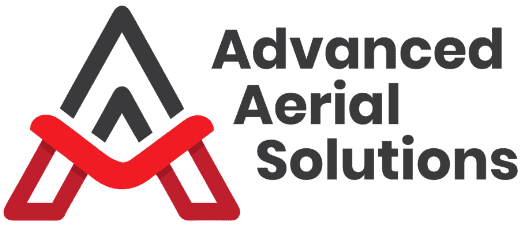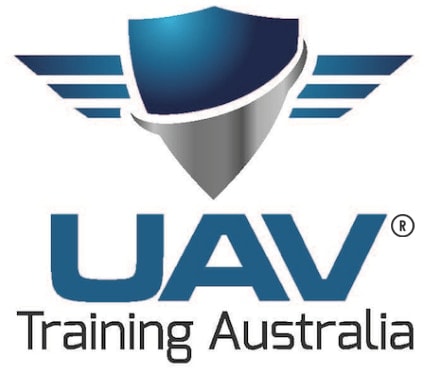Emergency Response
Benefit from real time imaging for quicker response times in emergencies and disasters.
Drone technology is increasingly being used to assist emergency services during disaster and emergency relief operations. With the ability to deploy and collect detailed information rapidly, aerial emergency response drones provide support both during and after floods, fires, earthquakes and other events.
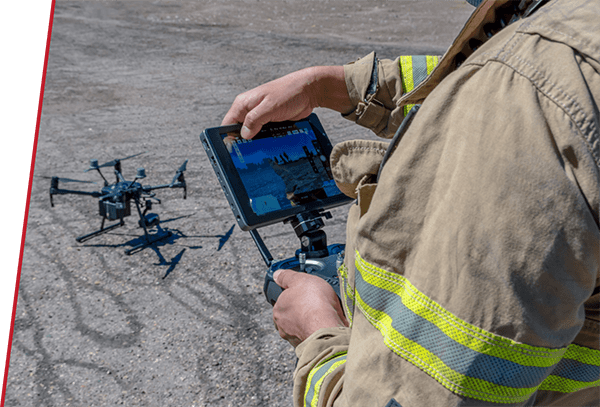
What is Aerial Emergency Response?
Aerial emergency response uses modern drone technology to rapidly respond to emergencies and disasters. Drones can be used to fulfil a wide variety of emergency response functions, such as locating missing persons and mapping disaster areas.
Advanced Aerial Solutions is available for all aerial emergency response situations. Our CASA certified operators can use drones to assess areas impacted by disaster, providing data to support first responders, rescue teams and clean up efforts. Using a variety of imaging technologies, our drones can rapidly inspect large areas of land, assessing the condition of roads, bridges, railways and waterways. With this information in hand, first responders can better plan their activities, safely navigate disaster zones and make informed decisions about how to proceed.
How Drones Are Used in Emergencies
As emergencies such floods and fires develop, information is a critical factor in averting disaster and saving lives. Advanced Aerial Solutions performs a variety of aerial emergency response functions, and we can use our drones to provide support that includes:
- Directing rescue teams. With cameras, laser scanners and thermal imaging, our drones can rapidly scan disaster sites and provide information rescue teams can use to prioritise their efforts.
- Locating missing persons. Thanks to thermal imaging cameras, drones are able to search vast areas and identify the locations of missing persons. This type of information can prove critical for rescue operations and directing emergency responders to the places where they are needed most.
- Delivering emergency supplies. When time is critical, drones can be used to reach stranded survivors and deliver emergency medical supplies. Drones are particularly useful for reaching areas that would be difficult for rescue teams to access.
Benefits of Aerial Emergency Response Drones
Aerial emergency response drones provide the mission-critical data first responders need. Drones are especially suited to situations where accessing affected areas is difficult or unsafe for emergency workers. Able to rapidly and safely cover large areas of land, drones can be used to assess emergency sites that would otherwise be impossible for ground teams to traverse.
The key benefits of utilising drone technology for aerial emergency response include:
- Rapid response and deployment
- Quick turnaround of data
- Ongoing surveillance support
- Access to difficult or dangerous terrain
- Quickly scan, map and image large areas
- Access and support trapped individuals
Contact Advanced Aerial Solutions Today
The expert team at Advanced Aerial Solutions is available to provide support for all emergency response situations. Our drone operators can rapidly respond to developing emergencies, quickly deploying our drones and retrieving the data your team needs to respond. Using a mix of imaging technologies, we can capture stills and videos in all conditions, including at night or through smoke. Contact Advanced Aerial Solutions today for support with a range of aerial emergency response solutions.
Drones are widely used in emergency response situations. Drones equipped with thermal imaging cameras and high definition zoom cameras can be rapidly deployed to scan large areas and provide useful information to assist with managing emergency situations by providing enhanced situational awareness and essential information and imagery.
During natural disasters such as floods, fires and earthquakes, drones are often used to map and monitor the area, search for trapped or missing individuals and provide support to first responders on the ground.
Aerial imaging can be used to map the locations of possible survivors, gauge the level of danger for rescue workers and they can even deliver emergency supplies and communicate with people on the ground.
Because drones can cover large areas of land quickly, first responders make wide use of the technology during search and rescue missions. Data collected through aerial imaging can provide critical information to those on the ground and help them locate missing individuals.
Aerial thermal imaging does not rely on visible light to produce images, meaning drones can see through smoke during bushfire events. Aerial thermal imaging is also capable of seeing through other obstructions, like fog, dust clouds and darkness.
Flooding
Drone observations can help assess the direction in which the flood is heading. They can even predict which buildings might be at risk, and therefore help responders best prioritise the areas that should be evacuated first. The drones’ aerial images make the best routes clear to lead evacuations as well as providing the clearest path when rescuing people by boat.
Rescue efforts
Drones have been indispensable in rescue efforts in the aftermath of an earthquake. Rescue teams use drones to identify routes that are unusable due to tunnels that have caved in or bridges that have given way. They are also used to identify population-dense buildings that have collapsed, such as schools and hospitals, so that rescue teams can effectively target priority areas.
Missing persons
Not only can drones cover vast areas for search and rescue purposes but the thermal imaging cameras also allow tracking and identification of heat sources from above. Thermal imaging can spot heat and movement in dark areas or in the nighttime, allowing easier rescue operations of missing persons.
Emergency medical supplies
Drones are being used to deliver emergency medical supplies straight to the patient in what may be critical timing. Sending in a drone with an emergency kit to a stranded climber or someone in a difficult to reach area will save hours and potentially even lives.
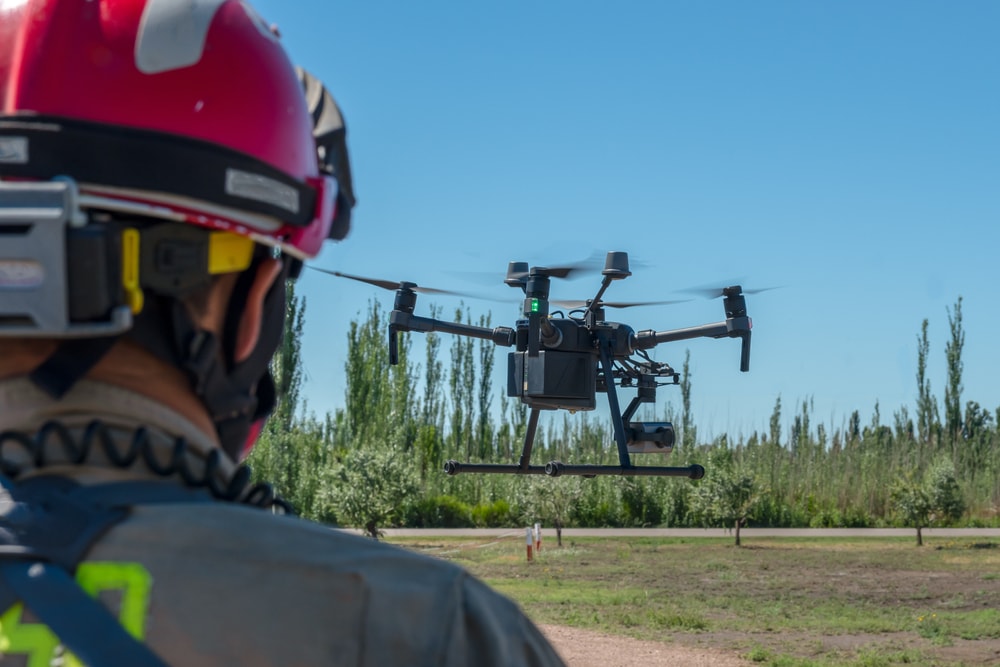
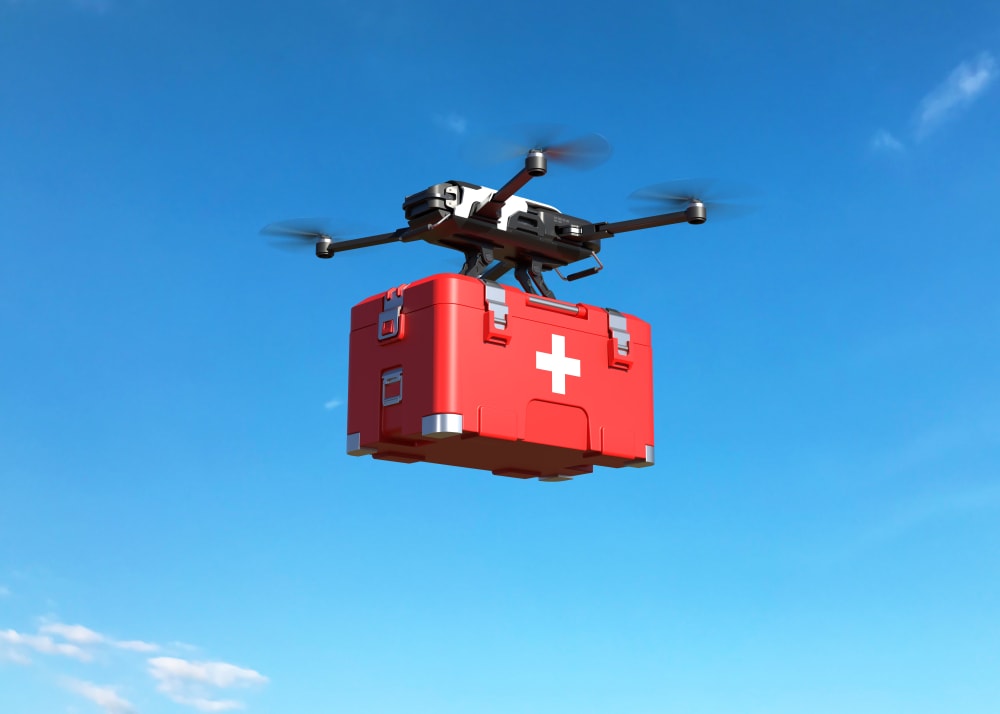

Unlock better insights.
Get started with a free 30 minute consultation.
